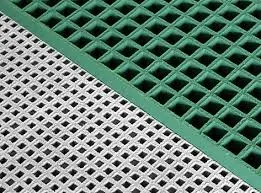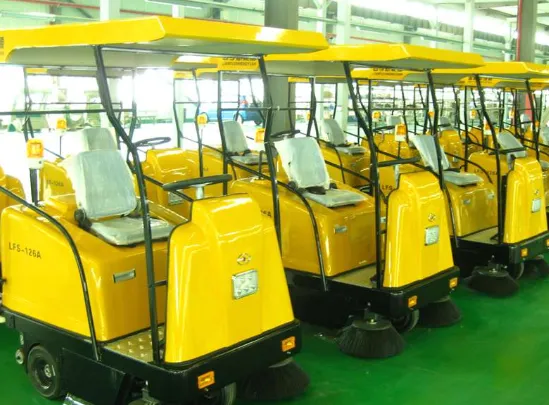
-
 Afrikaans
Afrikaans -
 Albanian
Albanian -
 Amharic
Amharic -
 Arabic
Arabic -
 Armenian
Armenian -
 Azerbaijani
Azerbaijani -
 Basque
Basque -
 Belarusian
Belarusian -
 Bengali
Bengali -
 Bosnian
Bosnian -
 Bulgarian
Bulgarian -
 Catalan
Catalan -
 Cebuano
Cebuano -
 China
China -
 China (Taiwan)
China (Taiwan) -
 Corsican
Corsican -
 Croatian
Croatian -
 Czech
Czech -
 Danish
Danish -
 Dutch
Dutch -
 English
English -
 Esperanto
Esperanto -
 Estonian
Estonian -
 Finnish
Finnish -
 French
French -
 Frisian
Frisian -
 Galician
Galician -
 Georgian
Georgian -
 German
German -
 Greek
Greek -
 Gujarati
Gujarati -
 Haitian Creole
Haitian Creole -
 hausa
hausa -
 hawaiian
hawaiian -
 Hebrew
Hebrew -
 Hindi
Hindi -
 Miao
Miao -
 Hungarian
Hungarian -
 Icelandic
Icelandic -
 igbo
igbo -
 Indonesian
Indonesian -
 irish
irish -
 Italian
Italian -
 Japanese
Japanese -
 Javanese
Javanese -
 Kannada
Kannada -
 kazakh
kazakh -
 Khmer
Khmer -
 Rwandese
Rwandese -
 Korean
Korean -
 Kurdish
Kurdish -
 Kyrgyz
Kyrgyz -
 Lao
Lao -
 Latin
Latin -
 Latvian
Latvian -
 Lithuanian
Lithuanian -
 Luxembourgish
Luxembourgish -
 Macedonian
Macedonian -
 Malgashi
Malgashi -
 Malay
Malay -
 Malayalam
Malayalam -
 Maltese
Maltese -
 Maori
Maori -
 Marathi
Marathi -
 Mongolian
Mongolian -
 Myanmar
Myanmar -
 Nepali
Nepali -
 Norwegian
Norwegian -
 Norwegian
Norwegian -
 Occitan
Occitan -
 Pashto
Pashto -
 Persian
Persian -
 Polish
Polish -
 Portuguese
Portuguese -
 Punjabi
Punjabi -
 Romanian
Romanian -
 Russian
Russian -
 Samoan
Samoan -
 Scottish Gaelic
Scottish Gaelic -
 Serbian
Serbian -
 Sesotho
Sesotho -
 Shona
Shona -
 Sindhi
Sindhi -
 Sinhala
Sinhala -
 Slovak
Slovak -
 Slovenian
Slovenian -
 Somali
Somali -
 Spanish
Spanish -
 Sundanese
Sundanese -
 Swahili
Swahili -
 Swedish
Swedish -
 Tagalog
Tagalog -
 Tajik
Tajik -
 Tamil
Tamil -
 Tatar
Tatar -
 Telugu
Telugu -
 Thai
Thai -
 Turkish
Turkish -
 Turkmen
Turkmen -
 Ukrainian
Ukrainian -
 Urdu
Urdu -
 Uighur
Uighur -
 Uzbek
Uzbek -
 Vietnamese
Vietnamese -
 Welsh
Welsh -
 Bantu
Bantu -
 Yiddish
Yiddish -
 Yoruba
Yoruba -
 Zulu
Zulu
Jan . 10, 2025 13:06
Back to list
frp scrubber
FRP scrubbers have emerged as a pivotal solution in the landscape of industrial air pollution control. Combining corrosion resistance, cost-effectiveness, and adaptability, these devices are an essential component of many industrial processes today. As industries grow, the need for reliable pollution control has never been more crucial.
The trustworthiness of FRP technology is fortified by its proven track record across diverse industries. Numerous case studies document significant improvements in air quality and adherence to environmental regulations following the implementation of these scrubbers. Companies that have adopted FRP scrubbers often report substantial long-term savings, not only from fewer regulatory penalties but also from reduced operational costs due to less frequent replacements and repairs. In terms of future innovation, continuous advancements in material science are anticipated to improve the performance and cost-efficiency of FRP scrubbers even further. Research is being directed towards enhancing fiber-resin bonds for greater durability and developing hybrid materials that could offer even more resilience against extreme chemical exposures. For industries entrenched in heavy chemical processing, investing in FRP scrubbers is not merely a regulatory compliance decision but a strategic move towards sustainable operation. The technology’s flexibility, combined with evolving engineering solutions, assures industries of a robust path to reducing their environmental footprint. Selecting an FRP scrubber is a commitment to reliability, efficiency, and environmental responsibility—a decision backed by empirical evidence, expert design, authoritative endorsements, and proven trust in performance. As urbanization and industrial activities accelerate, FRP scrubbers will continue to play a crucial role in cultivating eco-friendly practices and preserving air quality for future generations.


The trustworthiness of FRP technology is fortified by its proven track record across diverse industries. Numerous case studies document significant improvements in air quality and adherence to environmental regulations following the implementation of these scrubbers. Companies that have adopted FRP scrubbers often report substantial long-term savings, not only from fewer regulatory penalties but also from reduced operational costs due to less frequent replacements and repairs. In terms of future innovation, continuous advancements in material science are anticipated to improve the performance and cost-efficiency of FRP scrubbers even further. Research is being directed towards enhancing fiber-resin bonds for greater durability and developing hybrid materials that could offer even more resilience against extreme chemical exposures. For industries entrenched in heavy chemical processing, investing in FRP scrubbers is not merely a regulatory compliance decision but a strategic move towards sustainable operation. The technology’s flexibility, combined with evolving engineering solutions, assures industries of a robust path to reducing their environmental footprint. Selecting an FRP scrubber is a commitment to reliability, efficiency, and environmental responsibility—a decision backed by empirical evidence, expert design, authoritative endorsements, and proven trust in performance. As urbanization and industrial activities accelerate, FRP scrubbers will continue to play a crucial role in cultivating eco-friendly practices and preserving air quality for future generations.
Next:
Related Products









